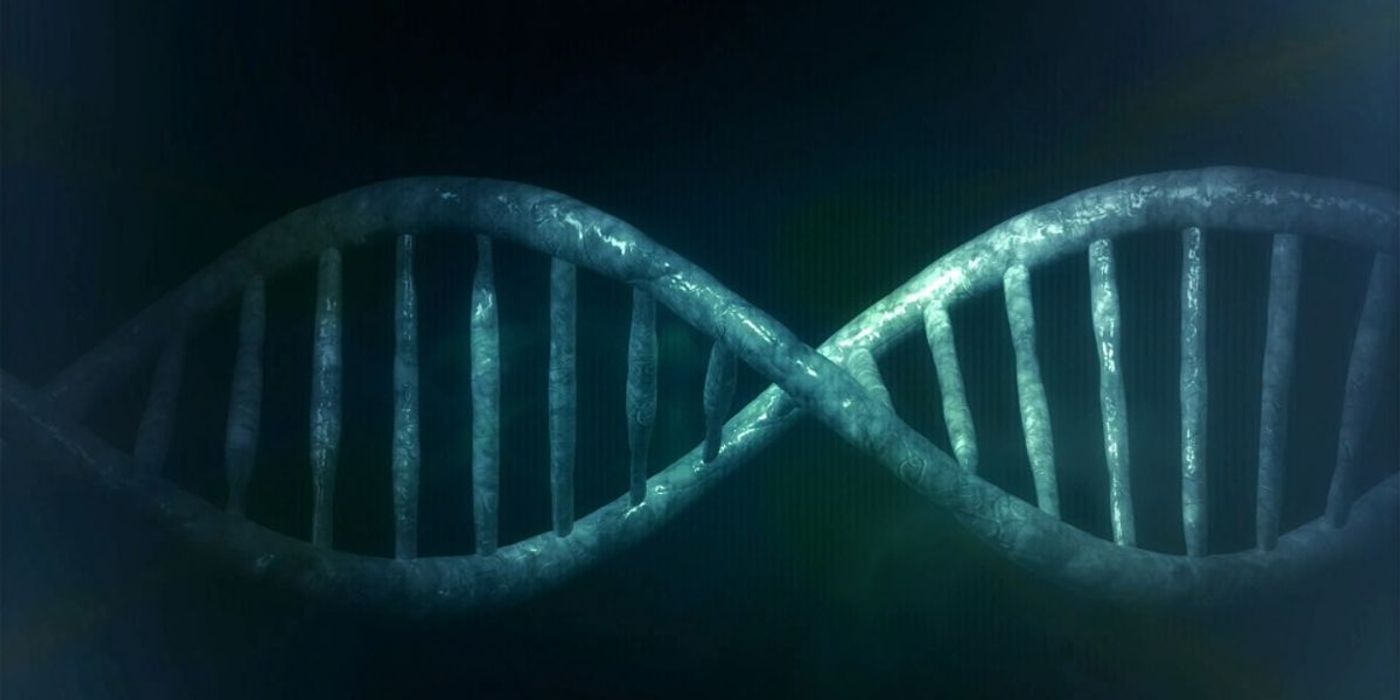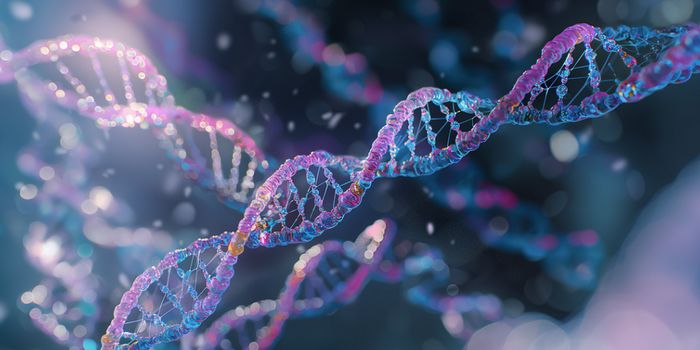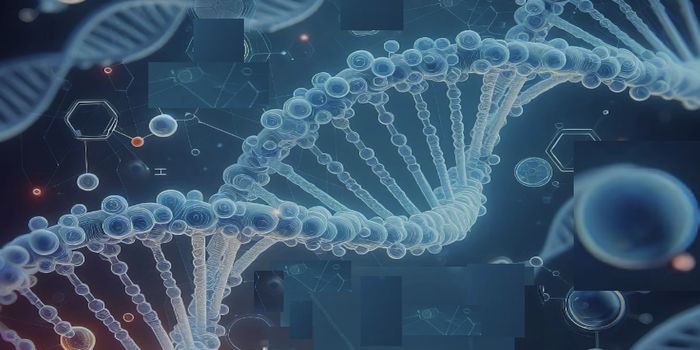Promising New Treatment for Mitochondrial Disease Found in Fruit Flies
Researchers at the University of Cambridge have discovered a protein in fruit flies that can reverse the effects of harmful mutations in mitochondrial genes. Their study gives hope for developing treatments to counteract human mitochondrial conditions, for which there is currently no cure.
Mitochondria are known as the powerhouses of the cell, generating almost all of the energy needed for them to function. They carry their own DNA distinct from that in the cell nucleus, known as mitochondrial DNA (mtDNA). Whereas nuclear DNA encodes for the full functioning of the cell, mitochondrial DNA only encodes for the 13 proteins necessary to produce energy. Moreover, unlike nuclear DNA which is inherited partially from mother and father, mitochondrial DNA is only inherited from the mother.
While cells normally carry just two copies of nuclear DNA, they often carry hundreds, or even thousands of copies of mtDNA. During their development and replication, they often mutate, meaning that people tend to carry a mix of both mutated and health mtDNA, which then compete with each other for dominance. Although mostly benign, sometimes these mutations are harmful.
While these harmful mtDNA genomes are usually in low abundance in health individuals, once their proportion exceeds 60-80% of mtDNA copies in a given cell, normal cellular activities falter, and symptoms of disease occur. These diseases may then be passed onto future generations if mutated mtDNA genomes are also present in a mother’s eggs.
Currently, over 350 mutations of mtDNA have been identified, with 1 in 5,000 people in the US having some sort of mitochondrial disease. So far without a cure, researchers at the University of Cambridge may have found a solution. From modeling mitochondrial disorders in the fruit fly, they managed to find a gene that, when silenced, was capable of limiting the impact of mutated mitochondrial genomes. Coding for mtDNA polymerase, they found that reducing its abundance in the cell was effective in increasing the percentage of healthy mtDNA from 20% to 75% in their experiments with fruit flies, effectively eradicating disease symptoms.
According to Dr Hansong Ma, lead author of the study and Group leader at the Gurdon Institute, "To achieve this dramatic change in the proportion of healthy mitochondrial DNA, we're not changing an individual's nuclear DNA...All we are doing is reducing how much of certain proteins is produced. This could be achieved using drugs. Our fruit flies will help us rapidly screen potential drugs compounds."
Sources: Eureka Alert and Medical News









